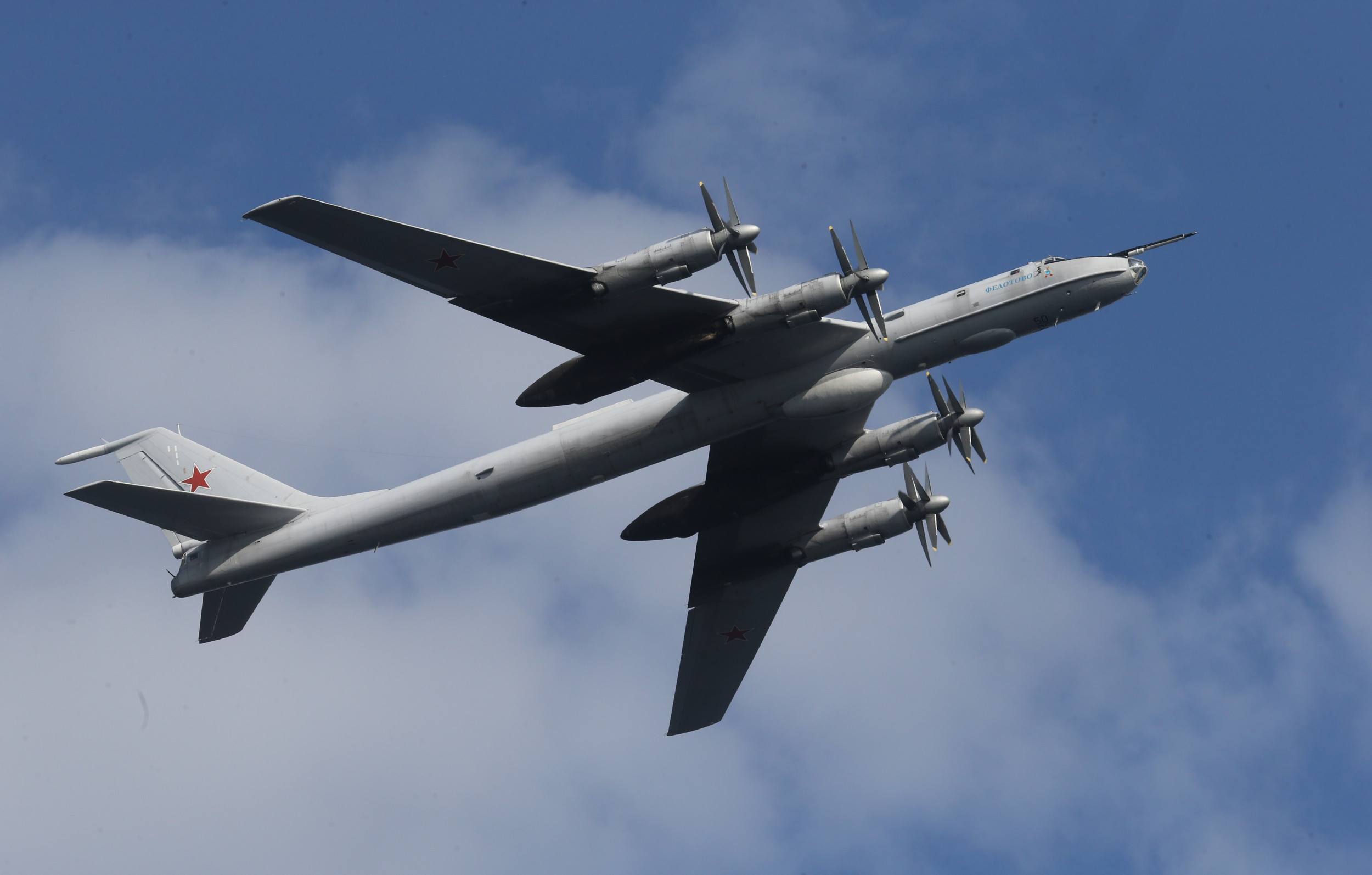Fighter jets from the U.S. were scrambled again this week as Russian military planes were spotted near Alaska, marking the second occurrence in just a few days.
On Friday, the North American Aerospace Defense Command (NORAD) reported tracking and intercepting two Russian TU-142 military aircraft within the Alaska Air Defense Identification Zone (ADIZ).
The ADIZ is a designated area surrounding a country’s airspace that requires any incoming aircraft to provide details about their flight plan, including the intended route and destination. This zone extends 150 miles from the U.S. coastline, while territorial airspace starts just 12 miles offshore.

Sasha Mordovets/Getty Images
NORAD employs a robust defense system utilizing satellites, ground radars, airborne surveillance, and fighter jets to monitor and respond to aerial threats, stating it is “prepared to employ a range of response options to defend North America.”
This incident follows another encounter just two days prior, when NORAD detected Russian aircraft in the Alaska ADIZ, though details on those planes were not disclosed.
Since Russia’s full-scale invasion of Ukraine in February 2022, NORAD has frequently intercepted Russian aircraft near Alaska, reflecting heightened tensions with NATO. For instance, back in February 2023, four Russian warplanes were reported in the area, and there have been multiple such incursions throughout the year.
In February 2023 alone, two intercepts occurred, along with the detection of a Chinese spy balloon nearby that was later downed off the coast of South Carolina.
Looking ahead, in July 2024, U.S. Defense Secretary Lloyd Austin revealed that Russian Tu-95 and Chinese H-6 bombers engaged in a joint operation near Alaska, marking a first for collaboration in that region between the two nations.
Additionally, Moscow recently announced extensive naval and air exercises in conjunction with China, involving over 400 vessels, at least 120 aircraft, and 90,000 troops, which are set to continue until Monday.
At least 15 countries have been invited to observe the “Ocean-2024” drills, showcasing the increasing military collaboration between Russia and China.
